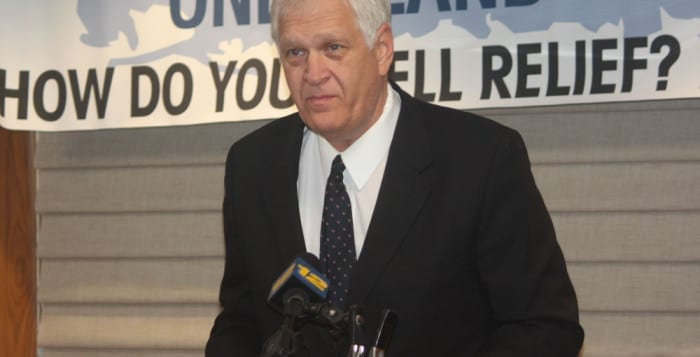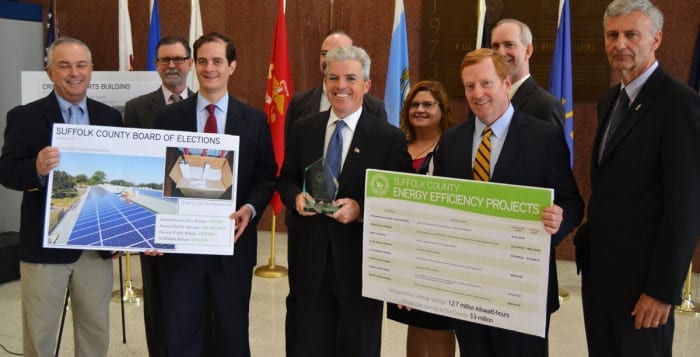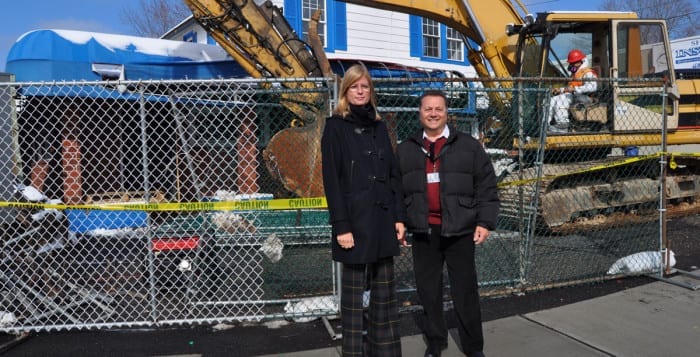A provision in the new state budget sets aside $30 million that could support communities where a power plant has closed and stopped paying property taxes.
According to the budget bill that state lawmakers agreed upon last week, that sum would be available for a local government, school district or special district — such as a library or fire district — where an electric generating facility has stopped operating, causing a reduction of at least 20 percent of the money it owed through property taxes or payments in lieu of taxes, commonly known as PILOTs.
There are limits to the provision, however: The bill says the New York State Urban Development Corporation will distribute the relief funds on a first-come, first-served basis and will not offer the support to a specific group for more than five years. Additionally, in the first of the five years, the corporation will not award funding equal to more than 80 percent of the local entity’s lost revenue.
Port Jefferson Village could possibly be on the receiving end of some of the $30 million in the pot, dubbed the “electric generation facility cessation mitigation fund.” That community’s power plant — which company National Grid owns and operates, and sells the power generated to utility PSEG Long Island for distribution — is old and runs on antiquated technology. For the past several years, village residents have waited to learn the fate of the plant, whether it will be reconstructed to keep serving Long Island or dismantled.
A lot hangs in the balance for the plant’s neighbors: Property taxes from the site fund more than 40 percent of the local school district’s budget and a significant portion of the Port Jefferson Village budget.
“We’d soak up a lot of it,” village Trustee Larry LaPointe said about the relief fund, noting that his government’s budget gets about $1 million in property taxes from the local power plant in addition to the school district’s hefty share. “But we certainly appreciate any efforts” to help mitigate the impact on the community.
The state budget provision specifies that local entities seeking assistance, once a power plant’s owner serves official notice it plans to retire the facility, will be helped in the order they apply for relief, but only after the facilities go offline. The urban development corporation will decide the amount of the annual assistance payments based upon how much revenue is lost.
Port Jefferson schools currently get more than $18 million from the plant, between taxes and PILOTs. Superintendent Ken Bossert said, “We are hoping that a resolution can be found that will not place an unfair burden on the home and business owners … in order to maintain the excellence of the school district.”


















